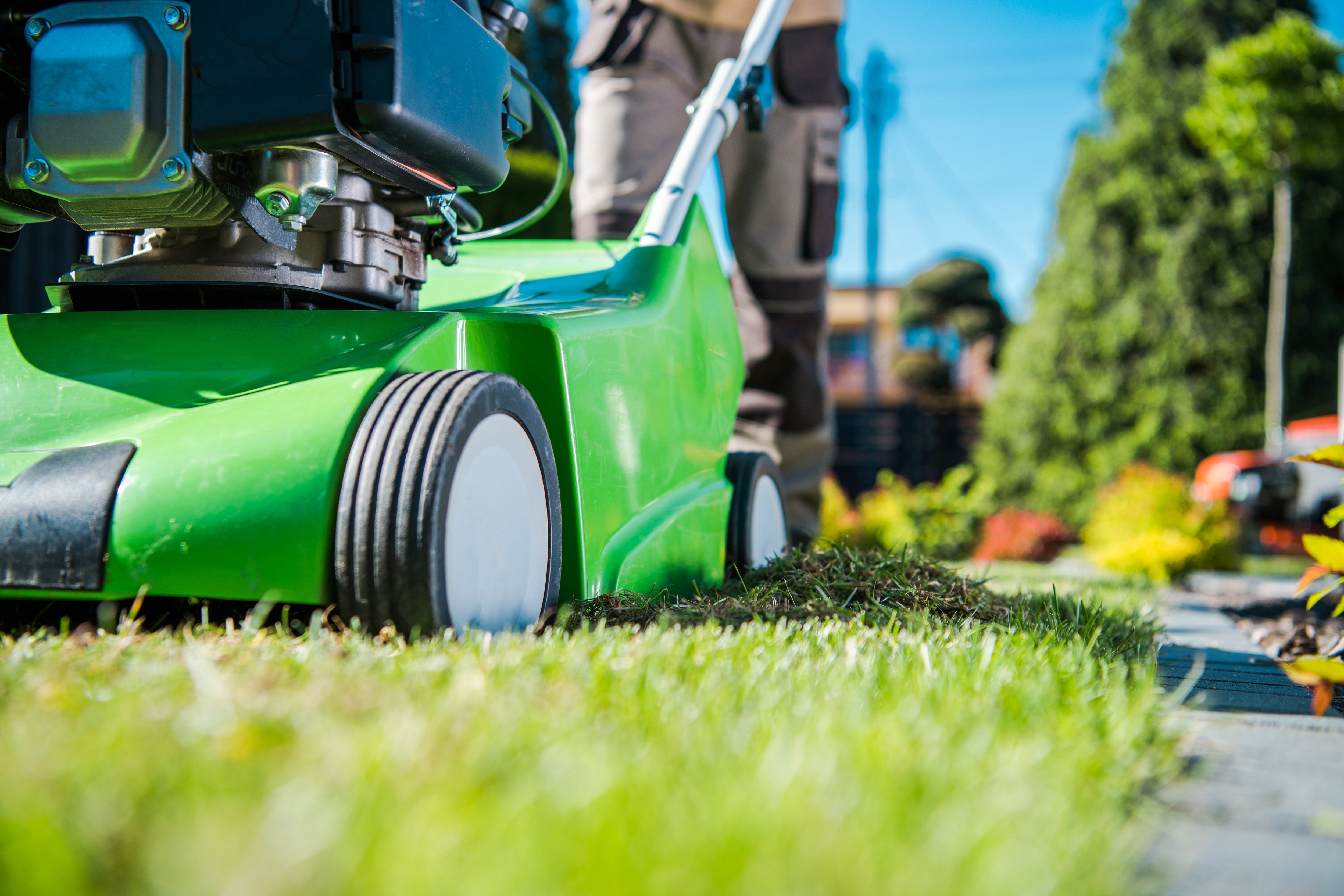
Lawn Care Machinery. Gasoline Dethatcher Pushing By Professional Gardener. Lawn Scarifier Theme.
You can’t have a beautiful home without great landscaping. The process of developing your landscape seems simple enough–just plant some things, keep them watered, and trim them as needed. However, you need to do a little more than that to have a professional landscape. Here are five tips for landscaping like a pro.
Choose Native Plants
A common mistake homeowners make is selecting plants that don’t naturally grow in their area. Before long, the trees or shrubs are struggling to survive the cold of local winters or the heat of their summers. According to Cutting Edge Services, a company that specializes in landscaping services in Battle Ground, WA, making sure that you are selecting the right plants will help make your landscaping dreams become a reality. Also, using plants that appear in the wild in your area will help your landscape stay healthier and more beautiful.
Dig Holes Correctly
A five-gallon root ball should be planted in a five-gallon hole, right? Wrong. Dig the holes for your plants at least twice as wide and half again as deep as the root ball. This creates some loose soil around the plant so that the roots can expand. A hole that is just big enough will force the roots to curl around its inner wall, creating a condition called girdling roots.
Water Wisely
Knowing how much water to apply to a plant is a delicate balancing act. If you water too much, the plant will not develop its roots and could dry out if you miss a watering. Too little water will lead to an untimely death as well. Strike the right balance so that your plants will be prepared for any kind of weather.
Use Odd Numbers
A fundamental design flaw of landscapes is an imbalance. Plantings that are made symmetrical will have a more pleasing appearance. To achieve that, plant odd numbers of flowers or shrubs in your patterns. This allows one plant to be the middle one, with equal numbers to each side and a more balanced appearance.
Plant for Disease Management
One of the most common problems in landscapes is the development of the disease. Various blights and fungi infect plants, leaving them unsightly at best and dead at worst. A professional landscaper knows to space and orient plantings in such a way that sunlight and wind can pass between the plants, drying the leaves to help prevent infections.
A well-done landscape will look so natural that anyone thinks they can do it. It’s true that anyone can do a great job landscaping their home, but they’ll get a better outcome by learning some tips from the pros.


